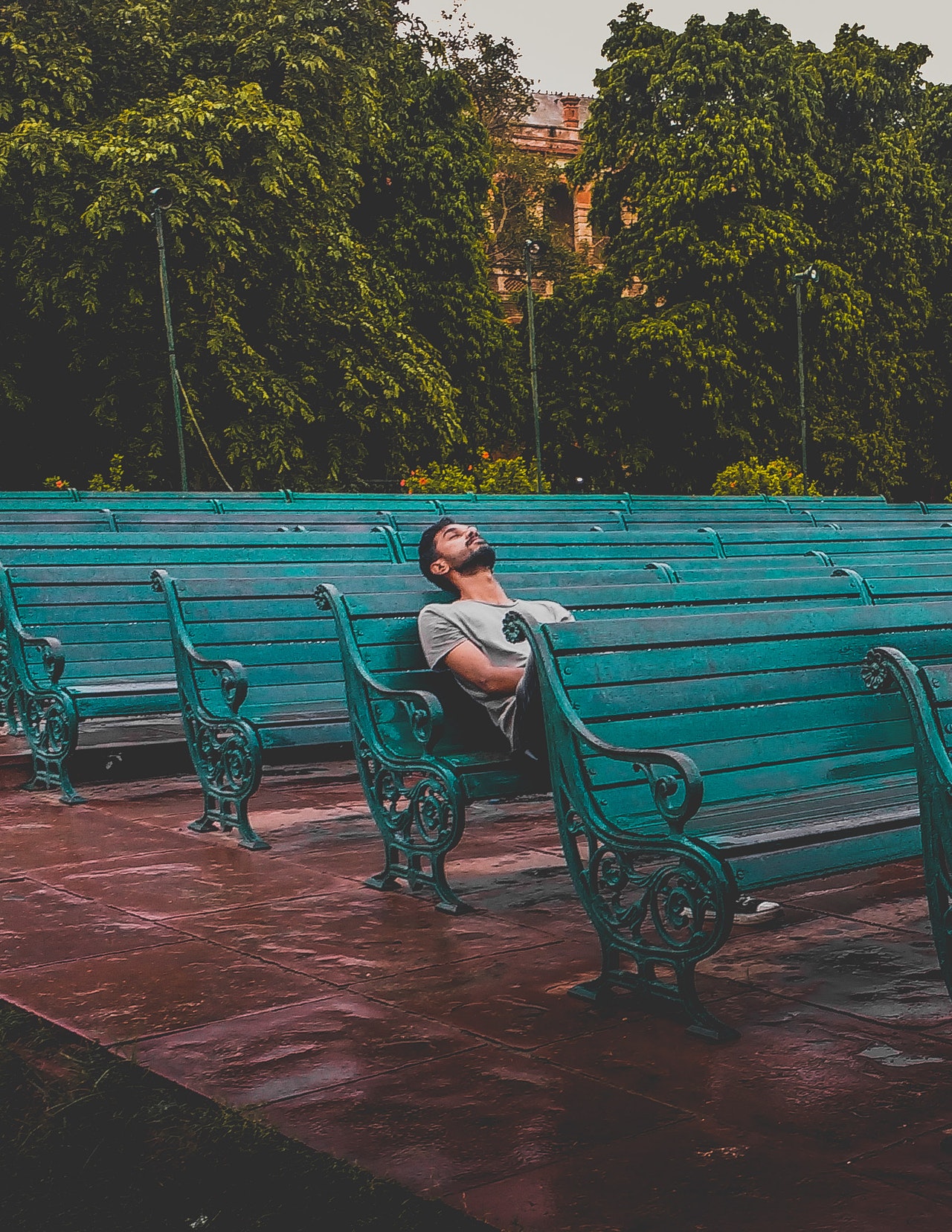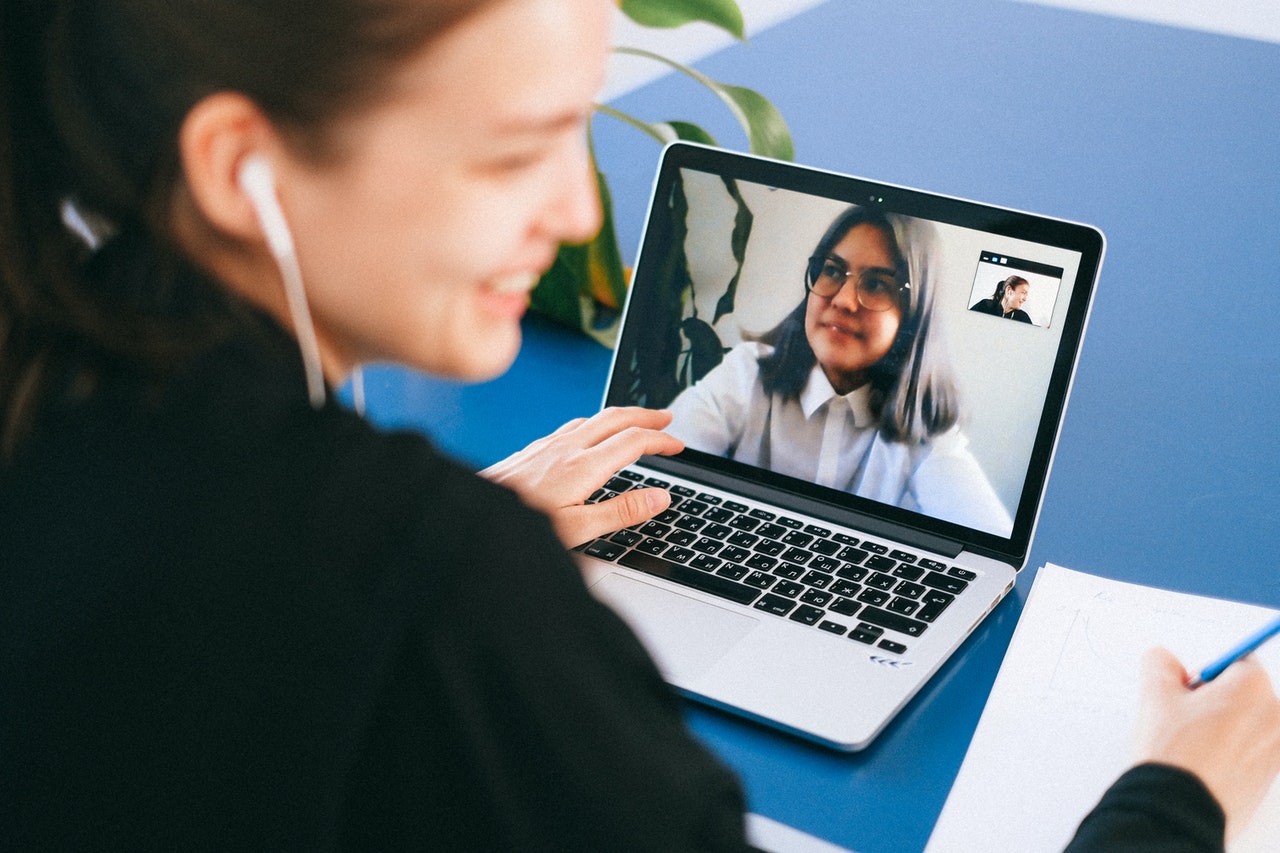
Pandemic Fatigue: What Is It and How Can We Deal with It?
By: Jessica Taylor, LPC Pandemic Fatigue: What Is It and How Can We Deal with It? Almost exactly one year ago, we were told that if we just stayed home for a few weeks, we could “flatten the curve” of the COVID-19 virus. This Pandemic has taken away everyone’s ‘normal’ way of living and has resulted in a series of traumatic experiences for many. If you are like me, you are just feeling over it. I know that I am not alone in this sentiment, because there is actually a new term for this phenomenon: Pandemic Fatigue. It appears that there are two ways of defining pandemic fatigue. The first is when an individual feels hopeless or angry about the current state of the world and begins to show less adherence to the CDC guidelines. This person might begin to wear a mask less often, hang out in large groups, etc. The pandemic fatigue that I want to talk about today is one that describes what our mental health and daily functioning looks like when we have been caring about the pandemic for so long, that we feel as though we cannot care about it anymore; thus, the reality that we having to continue caring about it has negative impacts on our mental health. Below are the signs and causes of this type of pandemic fatigue, as well as ways that you can cope if you feel this is something you might be experiencing. Signs of Pandemic Fatigue Feeling frustrated and/or angry about CDC guidelines. Consistent physical, cognitive, and emotional exhaustion. Not enjoying activities as you once did. Decrease in social engagement. Less motivation to complete daily tasks. Feeling more tired or ‘worn down.’ Increase in symptoms of anxiety or depression. Causes of Pandemic Fatigue Daily tasks are taking more mental effort to complete. Grocery shopping can already be exhausting, but these days we have to grocery shop while we also wear a mask, keep six feet of distance from other shoppers, and pay attention to the arrows on the floor. Prior to the pandemic, when engaging in an activity that you had completed on hundreds of occasions, you were able to kind of go on “auto-pilot.” Maybe your weekly Target run was actually a form of self-care—just wondering through the aisles casually. But this is no longer the case. There are so many safety precautions that we need to attend to while in public, that we must stay focused the entire time. This eats up a lot of energy and motivation. There is a constant need to multi-task. Prior to the pandemic, most of us went to work and focused only on our work during those eight hours. Then we came home and focused on our family and the tasks that we needed to complete there. These days, you can be on a work call and hear your child screaming and washing machine going behind you at the same time. This can lead us to feel that we are not doing or being our best anywhere. We are distracted employees and exhausted family members. We started this thinking that we would get a quick and substantial return on our efforts. Last year, we had the perception that if we just put in a ton of effort to do our part to socially distance, we would see life return to ‘normal’ relatively quickly. Now, even with the vaccine rollout, we know that it will still be several months before we see anything resembling ‘normal.’ This has caused many of us to wonder if all of the annoying precautions we are taking are even worth it. How to Cope if you are experiencing pandemic fatigue Recognize/accept the toll this is taking (individually and collectively) Most of us have been in “survival mode” for almost a year now. But because this is now our new normal, we might not be paying much attention to the toll that this is taking on us emotionally, physically, and otherwise. Take a moment to think about what you are grateful for, while also giving yourself grace in all the areas of life where you might not be “thriving” right now. Don’t engage in Avoidance Tactics It is no secret that many of us have been using food or alcohol to cope; but this might be contributing to an increase in anxiety and depression. Treating yourself is great, but try to engage in eating and drinking in a mindful way. Remember when at the beginning of the pandemic we were scheduling zoom hangouts with friends and family members? Are you still doing that? If not, it is probably because you are tired of being on video calls in general. Or maybe just feeling sad about the fact that you don’t know when you will be able to hug your loved ones again. But opting out of virtual social opportunities or isolating yourself from others altogether is only going to worsen your symptoms of pandemic fatigue. Get Outside I don’t need to tell you how great fresh air and movement are for your mental health. Even if it’s cold out—find time to stand outside and let the sun hit your face for at least five minutes per day. Create Fun Moments Fun doesn’t look like it once did. But that doesn’t mean we can find reasons to smile. Try a new hobby. Or have a game night with your family. Host a themed video call with your friends. Maintain Hope After the pandemic, things definitely won’t look exactly the way that they did prior to March of last year. But even so, visualize yourself hugging your family members again and celebrating the holidays as you once did. Or even take time to plan that big future trip you want to take. Talk to a Professional More than ever before, clients are wanting to spend time during our sessions processing their thoughts and feelings about the current state of the world. You don’t need to





